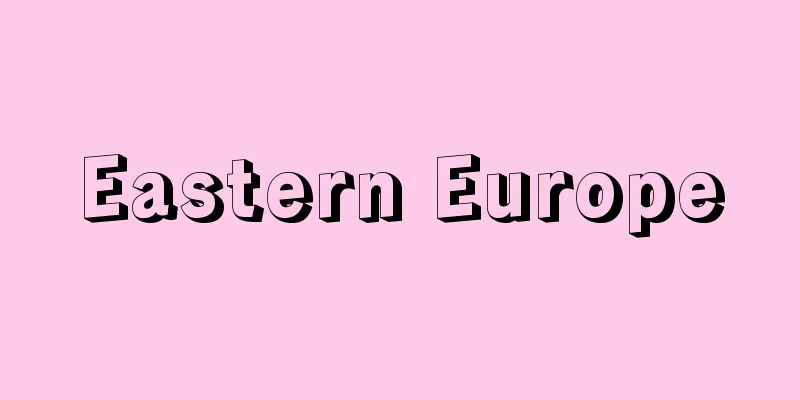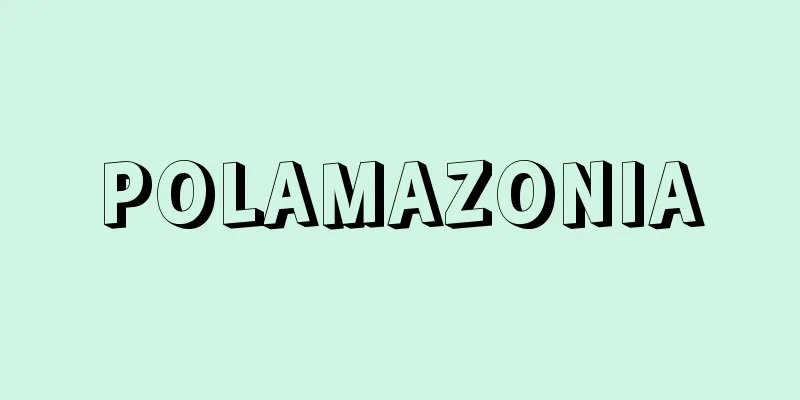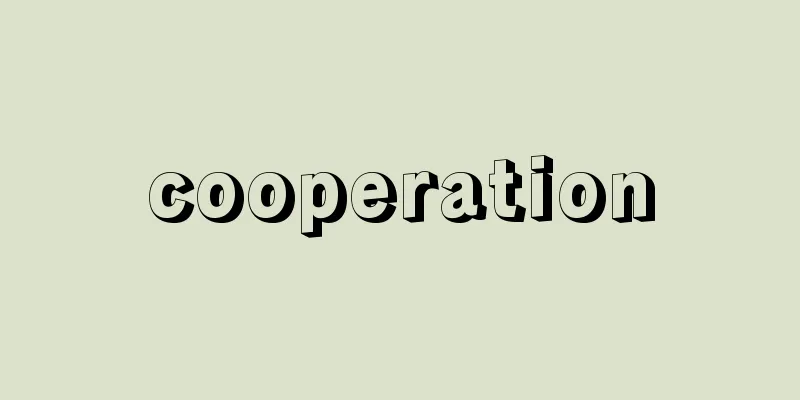Eastern Europe

|
The concept of Eastern Europe is not uniform, and its boundaries are not fixed. Eastern Europe is an extremely diverse region with a mixture of various ethnicities, religions, languages, and cultures, and heterogeneity is more prevalent than homogeneity. Nevertheless, Eastern Europe can be considered as a single region because it is not just a geographical concept of the eastern region of Europe, but a concept that has historical and political unity in comparison with and relationship to Western Europe. The concept of Eastern Europe as a region was consciously grasped by researchers of Eastern European countries after World War I. The countries formed after the war shared the problems of ethnic minorities, agriculture and peasant issues, and their position as small countries in European politics, so a common understanding of the region as Eastern Europe was born. After World War II, the concept of Eastern Europe as a socialist bloc was formed under the Soviet Union. This political concept from the Cold War era was maintained for a long time, but disappeared with the systemic change in 1989. However, the regional concept of Eastern Europe is still meaningful today. Historically, Eastern Europe can be divided into Central Europe (East-Central Europe) and the Balkans (South-East Europe). In terms of ethnicity and language, the Slavic countries are Poland, Czech Republic, Slovakia, the former Yugoslavia, and Bulgaria. The non-Slavic countries are Hungary, Romania, and Albania. The EU refers to all of Eastern Europe, including the eight countries that joined in 2004, including the three Baltic countries, and the three candidate countries, as Central and Eastern Europe. (Yoshihiro Shiba Professor, University of Tokyo / 2007) Source : "Chiezo" published by Asahi Shimbun Publications Co., Ltd. About Chiezo |
|
東欧という地域概念は一様ではなく、東欧の範囲も一定していない。東欧は様々な民族、宗教、言語、文化が混じり合った極めて多様な地域であり、同質性よりむしろ異質性の方が強く見られるからである。それにもかかわらず、東欧が1つの地域として考えられるのは、欧州の東部地域といった地理的概念にとどまらず、西欧との比較や関係の中で歴史的、政治的にまとまりを持つ概念だからにほかならない。そもそも、東欧という地域概念は第1次大戦後に、東欧諸国の研究者によって自覚的に捉えられるようになったといえる。戦後に形成された東欧諸国が少数民族問題、農業・農民問題、欧州政治における小国としての立場を共通に抱えていたため、東欧という地域の共通認識が生まれた。第2次大戦後に、ソ連のもとに社会主義ブロックとしての東欧という概念が形成された。この冷戦期の政治的概念が長い間保持されてきたが、1989年の体制転換に伴い消滅した。しかし、東欧という地域概念は現在でも意味を持たなくなったわけではない。歴史的に見て、東欧は中欧(東中欧)とバルカン(南東欧)に区分できる。民族と言語から見ると、スラブ圏はポーランド、チェコ、スロバキア、旧ユーゴスラビア、ブルガリア。非スラブ圏となるのはハンガリー、ルーマニア、アルバニア。なお、EUは2004年に加盟したバルト3国を含む8カ国と加盟候補国3カ国など東欧全体を中・東欧(Central and Eastern Europe)と称している。
(柴宜弘 東京大学教授 / 2007年) 出典 (株)朝日新聞出版発行「知恵蔵」知恵蔵について 情報 |
Recommend
Genus Ira
...The stems of the nettle are strong and can be ...
Eleusine africana (English spelling)
…【Hoshikawa Kiyochika】. … *Some of the terminolog...
Toyokichi Takamatsu
Applied chemist. Born as the second son of Kihei ...
Marsilius von Inghen
…The official name of the university was Ruprecht...
Skirt - skirt (English spelling)
It refers to the lower body clothing for women. I...
Characidae
…The egg-laying killifish species, such as the ly...
Omuro-yaki
〘Noun〙 Pottery that Nonomura Ninsei began firing a...
Kata Thermometer
A special thermometer used to measure the degree ...
Shiozawa
The former name of a town (Shiozawa-machi) in Min...
Shiude ruins
This is a highland settlement site from the middle...
Tokutaro Kimura
1886-1982 A politician and lawyer in the Showa er...
selectivity
…There are ensemble stereos housed in one cabinet...
Hiromi Kono
1864-1941 A freedom and civil rights activist fro...
Daimin Ittoushi - The Great Ming Dynasty
A geography book compiled as a national project d...
Canker sores - Canker sores
① An insect that is said to cause childhood jiro (...






![Myoko [village] - Myoko](/upload/images/67ccf76917535.webp)


